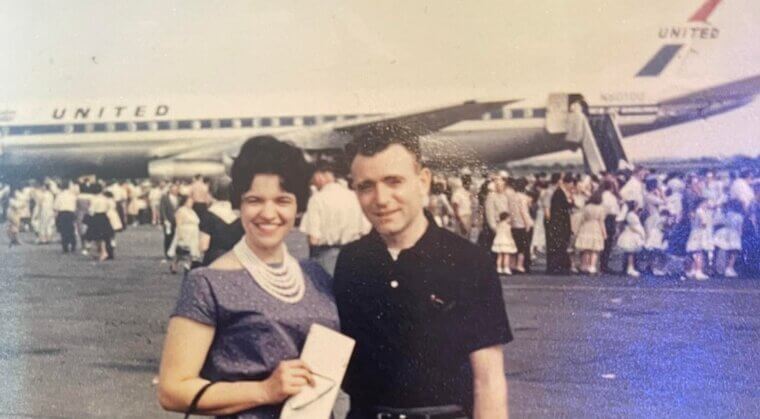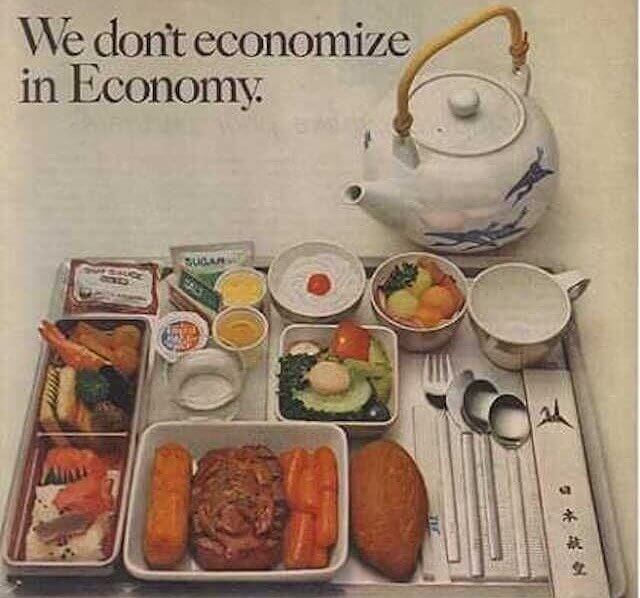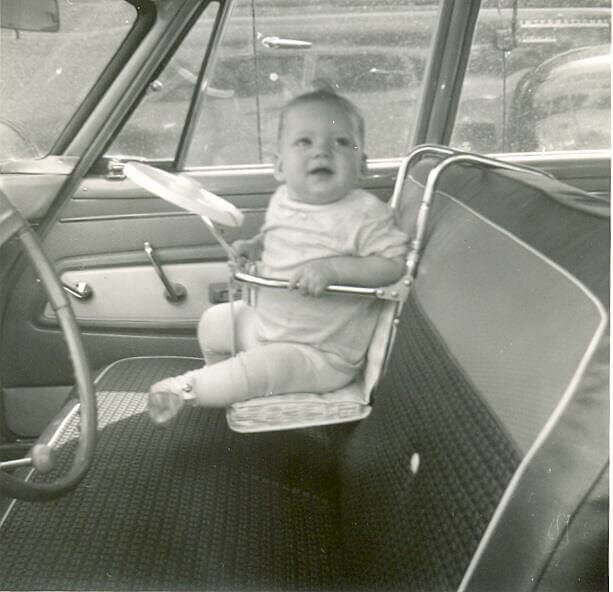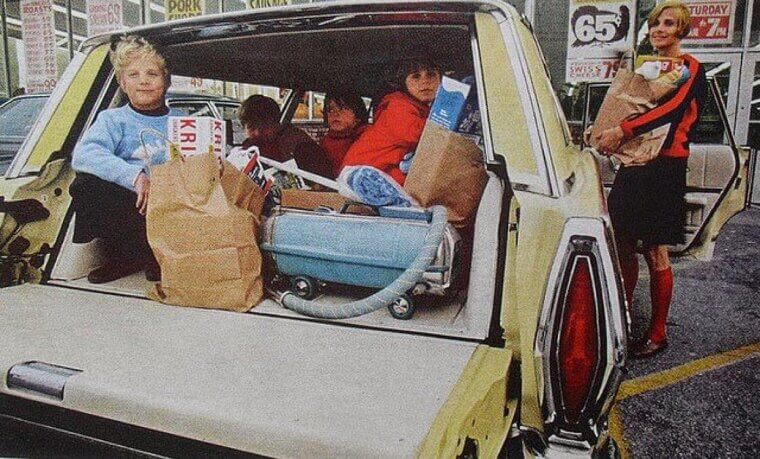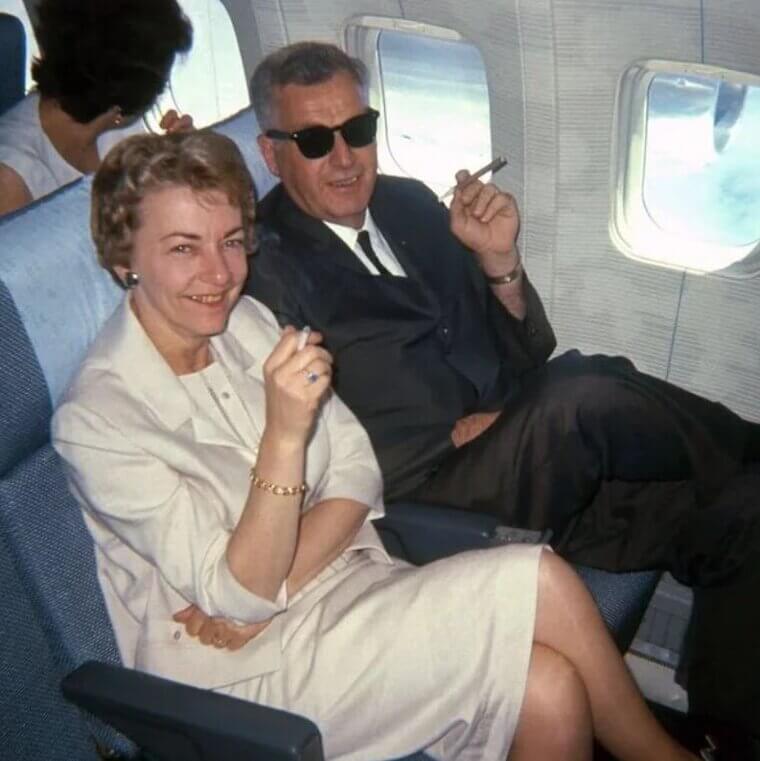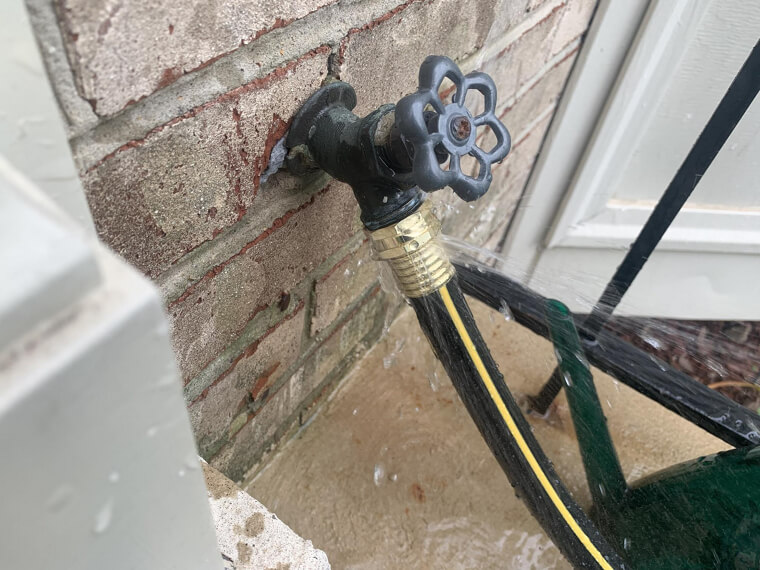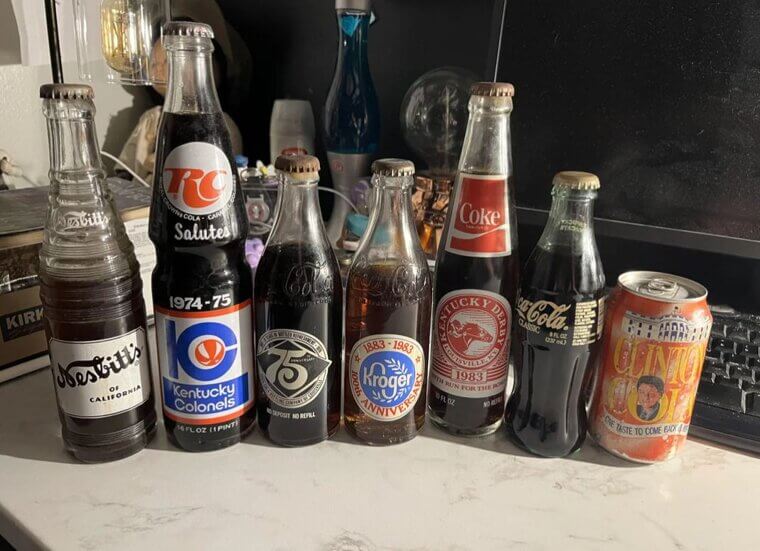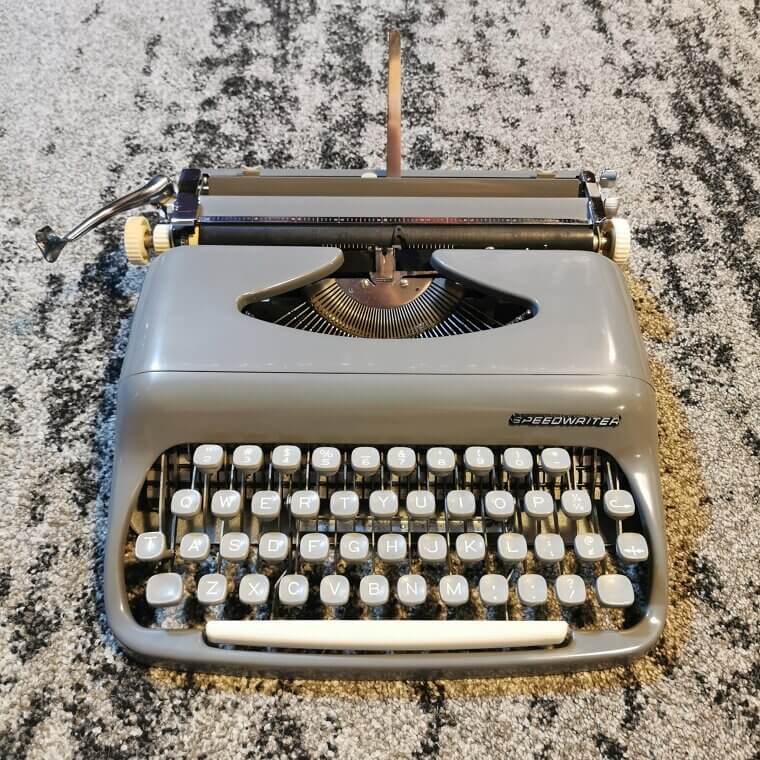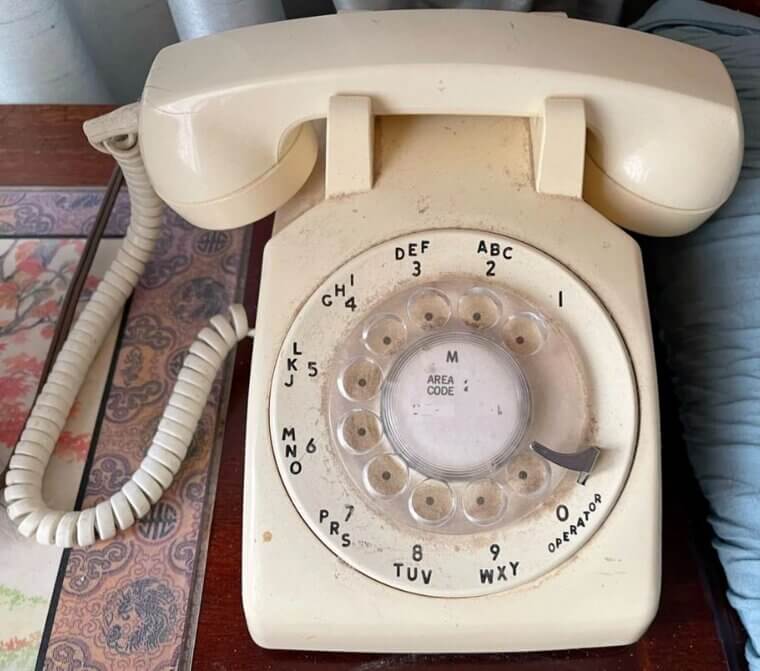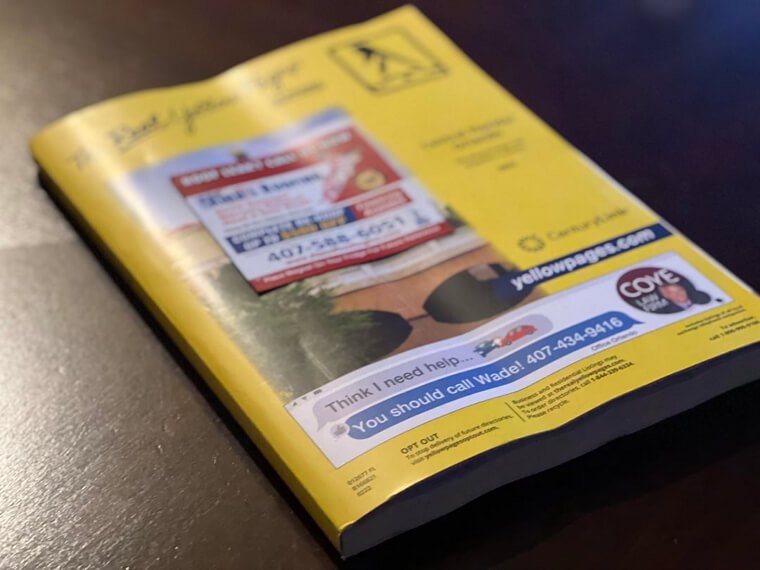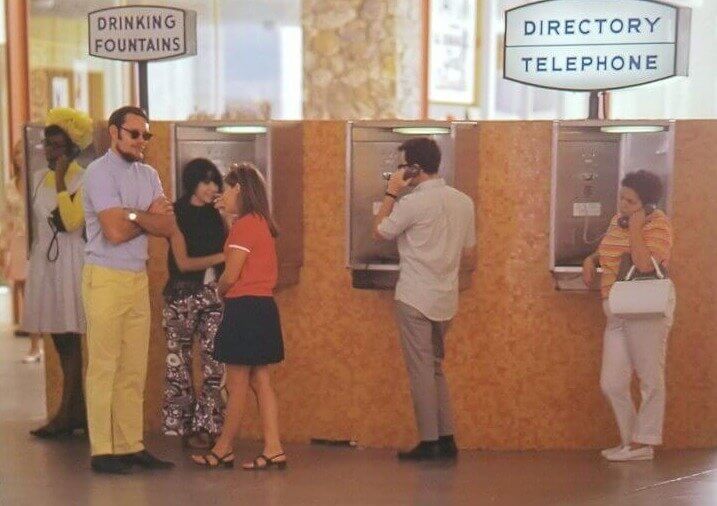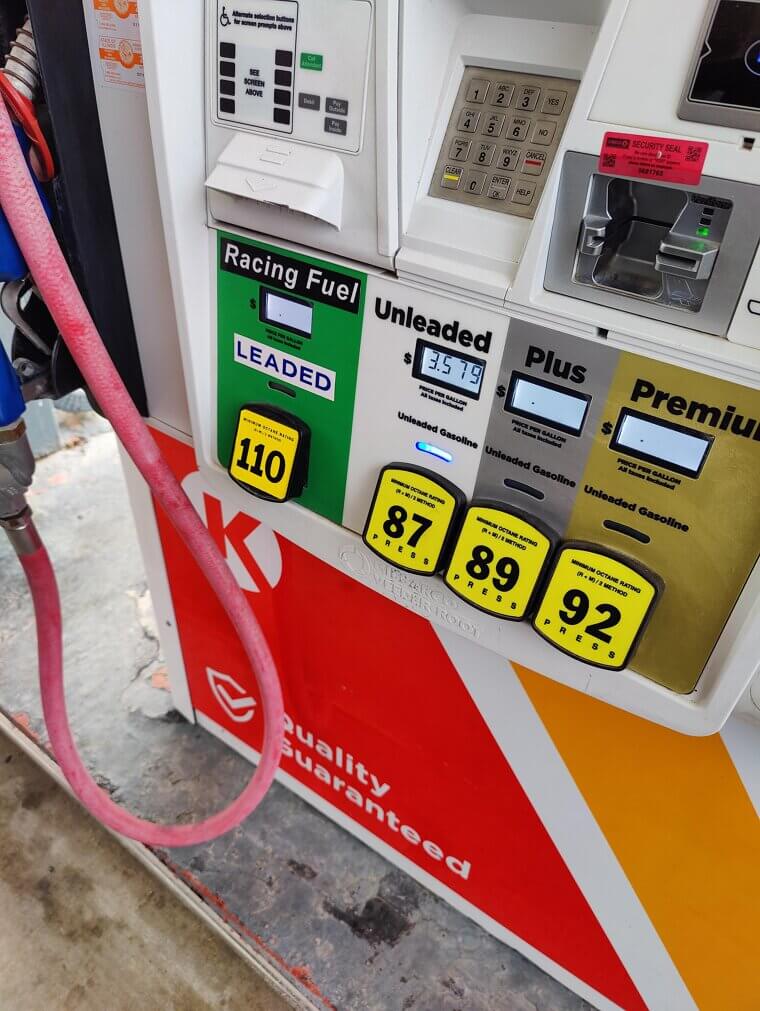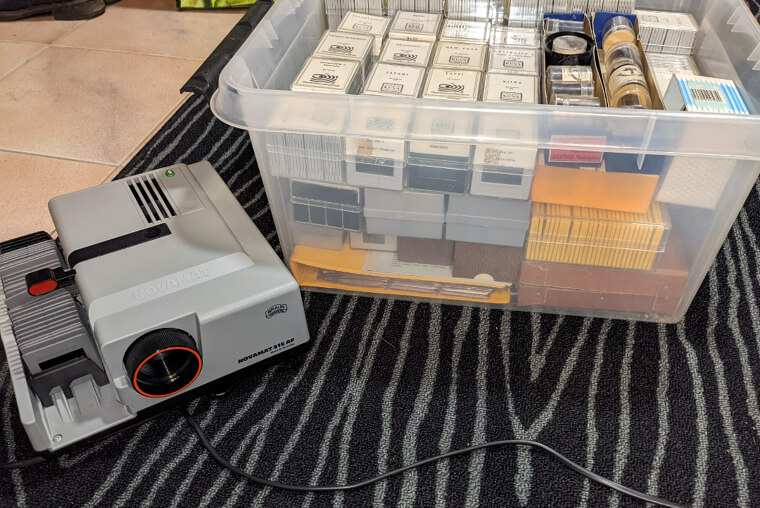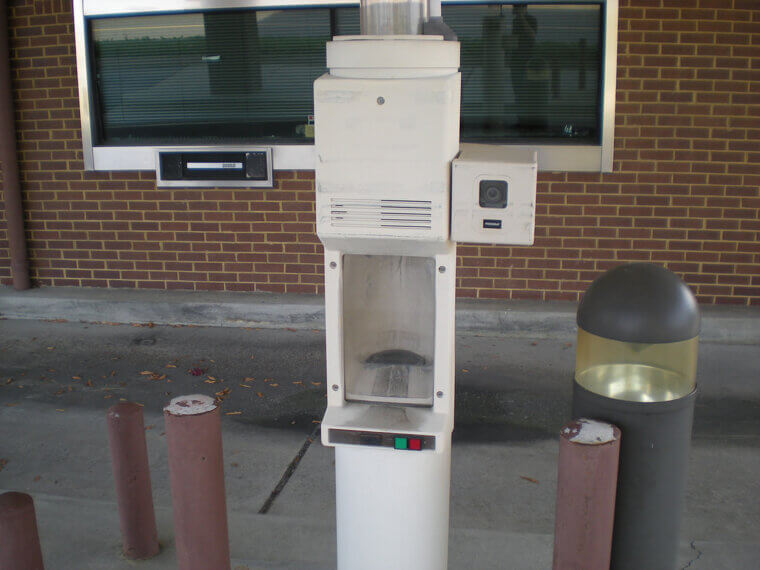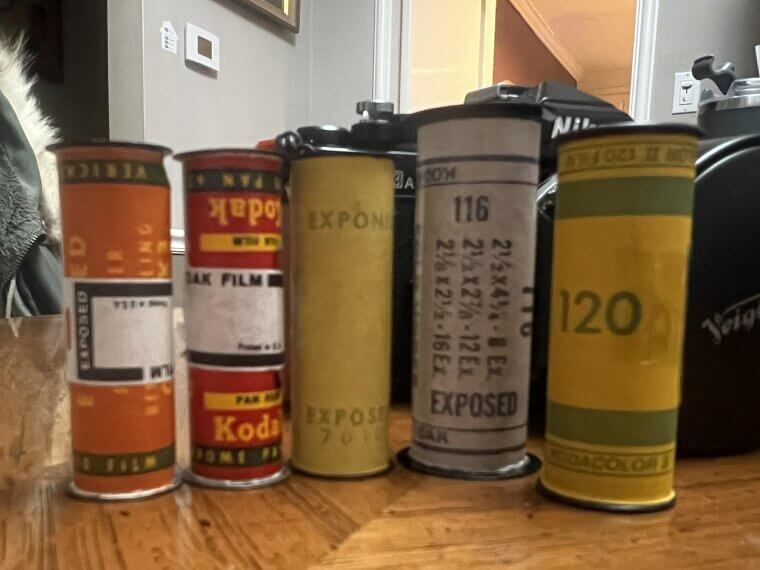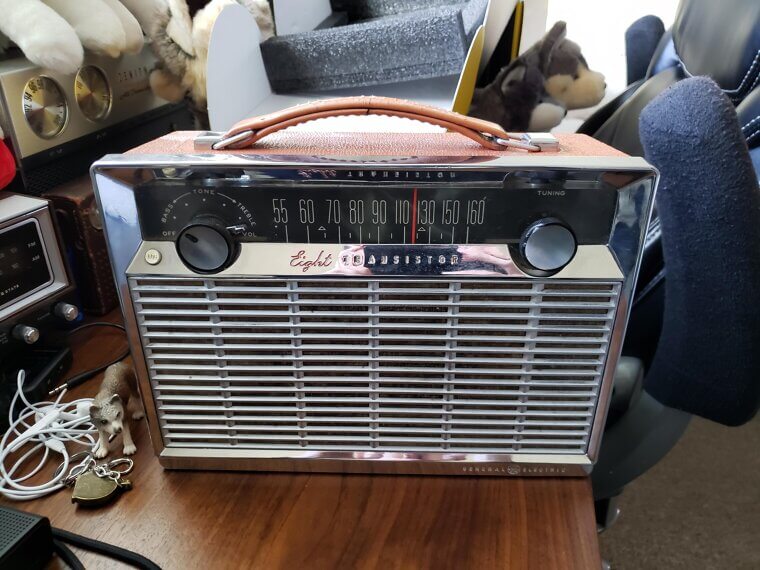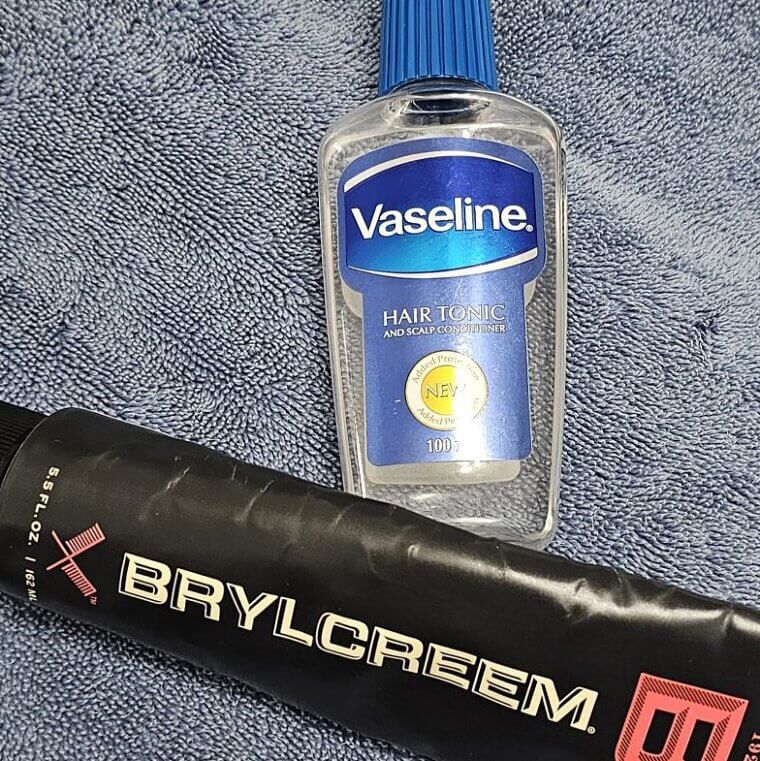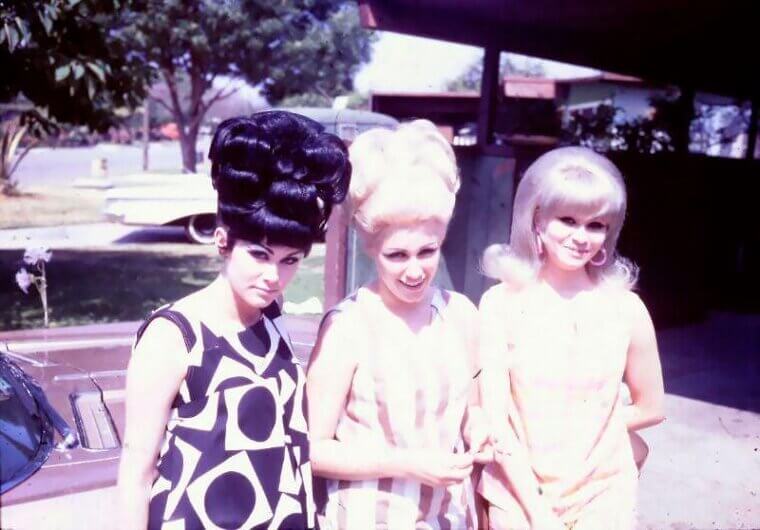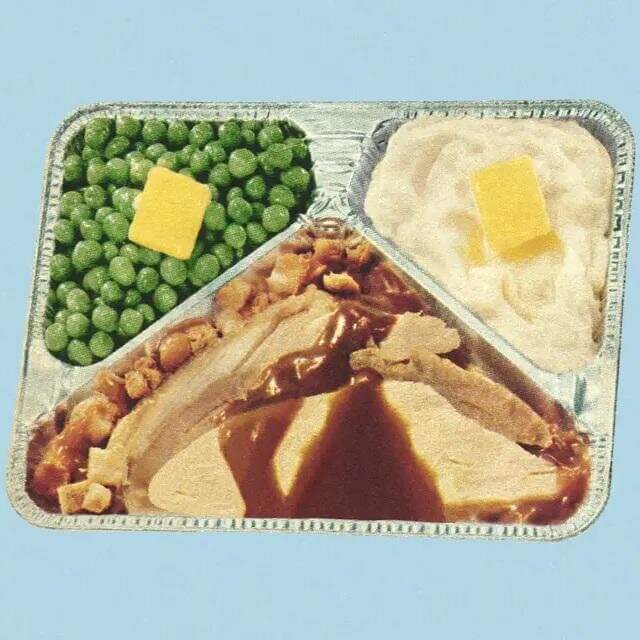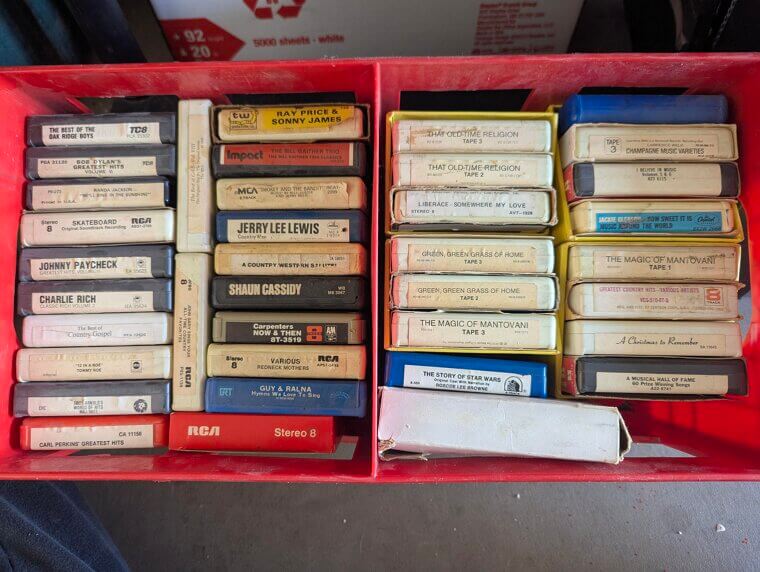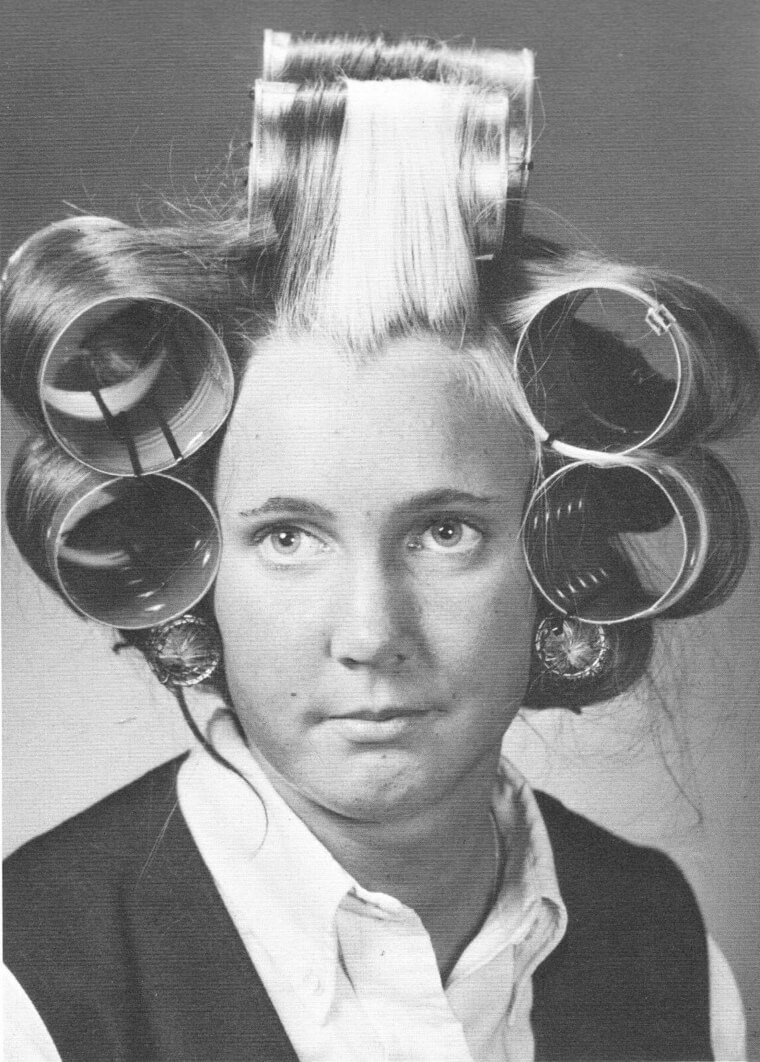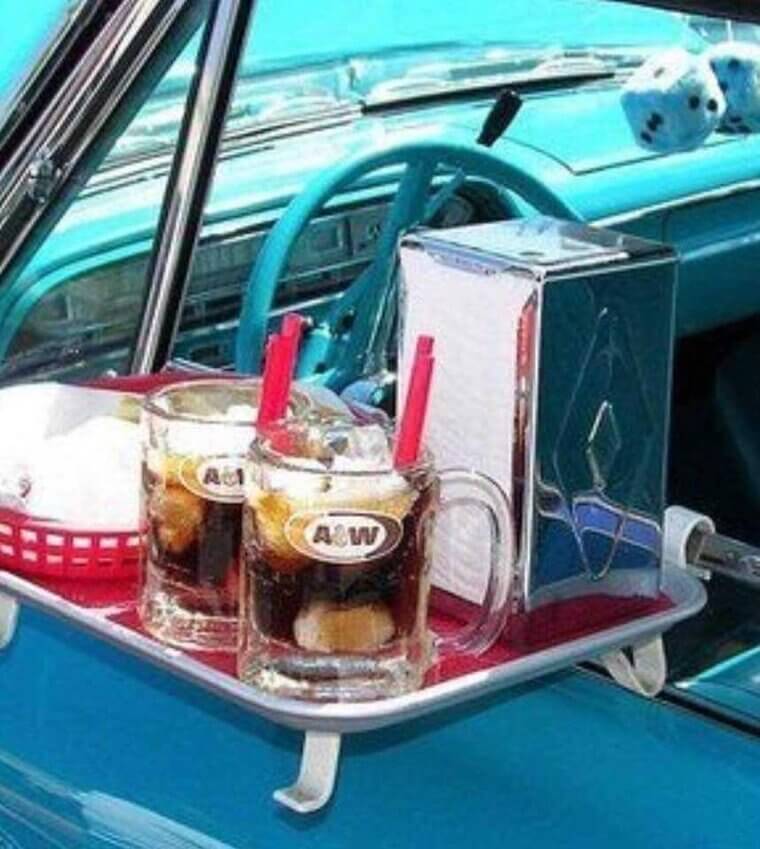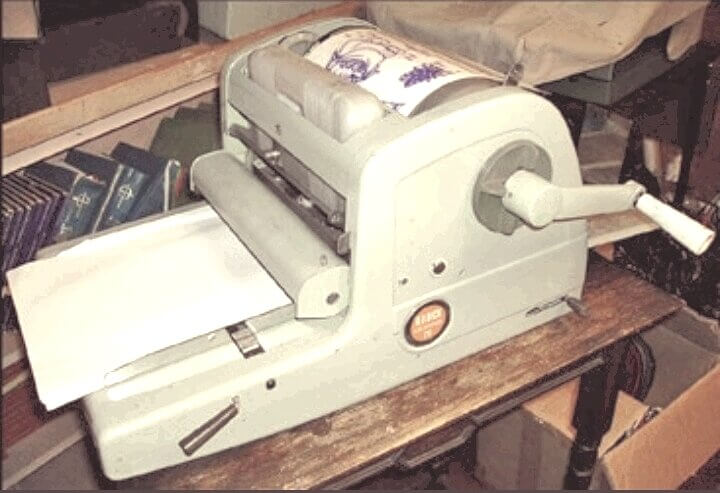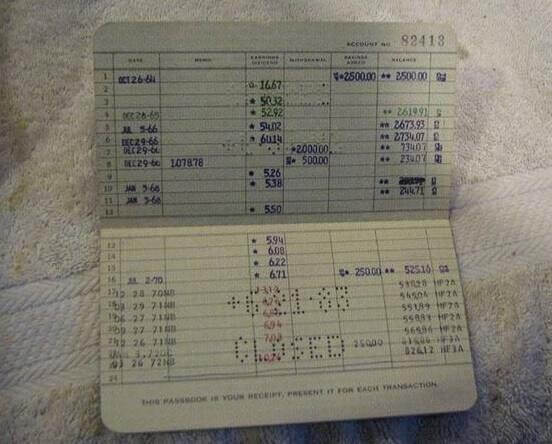Everyday Things That Were Totally Normal in the 1960s but Seem Wild Now
The 1960s were a decade of bold change, but everyday life looked very different from what we know today. Smoking was common, safety rules were minimal, and technology was far simpler, shaping routines that seem unusual now. Looking back at these habits and trends reveals just how much society has transformed in a few short decades.
Take a nostalgic (and sometimes jaw-dropping) look at the everyday habits, products, and social norms from the 1960s that would raise eyebrows today. These blasts from the past show just how far society has come.
Milkman Deliveries Made Everyone Smile
In the 1960s, having milk delivered right to your doorstep was an everyday occurrence that brought joy to many families. The milkman was a friendly and familiar face in the neighborhood, often greeted with excitement by children. This daily ritual not only ensured fresh milk but also fostered a sense of community. Today, this charming practice seems almost magical compared to our modern grocery runs. Looking back, it highlights how personal connections enriched daily life.
Nowadays, the convenience of grocery stores has replaced this delightful routine. Remembering these neighborhood interactions reminds us of a time when personal touch added warmth to everyday chores.
In-Flight Gourmet Feasts in the 1960s
Imagine flying in the 1960s, where in-flight dining was a luxurious affair. Passengers enjoyed lavish spreads of meats, breads, and cheeses, expertly served by attentive flight attendants. The experience was akin to dining at a fine restaurant, complete with an array of beverages. Such indulgence was standard for air travel during this era, reflecting a time when flying was an exclusive and glamorous experience. This opulence seems wild today.
The lavish meals of 1960s flights highlight a time when air travel was more about luxury than speed. The contrast with today's simpler fare is striking.
Makeshift Baby Seats in Cars? Totally Normal!
In the 1960s, car safety standards were vastly different from today. It was common to see infants casually perched in makeshift baby seats on car dashboards, a far cry from the stringent car seat regulations we adhere to now. Parents prioritized convenience over safety, reflecting the era’s more relaxed approach to child protection. These practices highlight how societal norms have shifted towards prioritizing safety above all else in modern times.
Today, strict car seat laws ensure the safety of our little ones during every journey. The carefree days of dashboard baby seats are a compelling reminder of how far we've come in ensuring child safety.
Grocery Runs Without Seatbelt Concerns
In the 1960s, piling kids into the back of a station wagon without seatbelts was a common practice. Safety regulations were minimal, with families packing groceries and children together for errands. This casual approach to car safety seems shocking today, as modern standards emphasize the importance of seatbelts and child safety seats. Despite the apparent risks, such scenes were a normal part of life, highlighting the era's relaxed views on safety.
This image perfectly captures the carefree spirit of the 1960s, where safety precautions were secondary to convenience. It's a vivid reminder of how much societal norms have evolved since then.
Asbestos Insulation: A 1960s Construction Staple
In the 1960s, asbestos was a common material found in homes, often used for its insulating properties. It was favored for its fire-resistant qualities, making it an everyday presence in construction. Homeowners and builders considered it a modern solution, unaware of the health risks it posed. Asbestos was integrated into walls, ceilings, and even floors. Today, its use is banned in many countries due to its hazardous nature.
Looking back, it's surprising how something so prevalent then is now a major health concern. Asbestos reminds us of how public awareness and regulations have evolved.
Childhood Fashion and No-Helmet Bicycle Adventures in the 1960s
In the 1960s, children often dressed in formal attire even for casual play, as seen in the classic suit and tie combination. Riding a bike without a helmet was entirely normal, with minimal safety concerns. Bicycles were popular modes of transport and leisure for kids, often adorned with flags and other decorations. This blend of formal clothing and carefree play captures the essence of a different era.
Reflecting on the 1960s, it's fascinating how childhood norms have evolved. The juxtaposition of formal attire with casual outdoor activity highlights a unique blend of tradition and freedom.
Shag Carpeting on Stairs – A Retro Trip Hazard?
In the 1960s, shag carpeting was all the rage, even adorning staircases. This retro decor choice, while stylish at the time, posed significant safety risks. As seen here, the thick, plush carpet on stairs could easily cause slips and falls. The trend highlighted a period when aesthetics sometimes outweighed practicality, and safety standards were not as stringent as today. This look back reveals just how safety-conscious we've become.
Today, staircase design prioritizes safety and simplicity, often avoiding such risky materials. These changes reflect broader shifts towards safer, more practical living spaces.
Smoking on Airplanes was a Norm
In the 1960s, lighting up a cigarette mid-flight was as routine as fastening a seatbelt. Passengers casually smoked while chatting or enjoying an in-flight meal. The planes were filled with smoke, creating an environment that would be unimaginable today. Smoking sections were common, but the entire cabin often felt like one big cloud. This practice, now seen as wild, was a normal part of air travel back then.
Today, smoke-free flights are the norm, reflecting significant changes in public health awareness and air travel regulations. Society has come a long way since those smoky skies.
Drinking From the Garden Hose in the 1960s
In the 1960s, drinking water straight from the garden hose was a common summertime activity for kids. It was a simple pleasure that required no fancy equipment or parental supervision. The taste of warm, metallic hose water was a familiar refreshment after playing outside for hours. Today, concerns about water safety and hose materials might make this practice seem risky. Yet, it remains a nostalgic memory for many.
This simple act of hydrating in the backyard highlights how carefree summers used to be. Despite modern safety concerns, these moments are cherished memories.
Vintage Soda Bottles: A Sip of Nostalgia
Back in the 1960s, glass soda bottles were a common sight on kitchen counters and in vending machines. These sturdy and recyclable containers were not just carriers of fizzy drinks but also collectible items. People often washed and returned them for refills, a practice that seems quaint now. The colorful labels and unique designs made each bottle a miniature work of art. Today, these bottles evoke nostalgia for a simpler time.
These vintage soda bottles remind us of a time when recycling involved returning glass bottles for reuse. It's a practice that seems both environmentally friendly and charming today.
Hitchhiking: The Adventurous Way to Travel in the 60s
In the 1960s, hitchhiking was a common and accepted form of travel. People, young and old, would stand by the roadside, thumb outstretched, hoping for a ride. It was a time when trust was more prevalent, and the open road symbolized freedom and adventure. This method of travel connected strangers in unexpected ways, enabling stories and experiences to be shared. Today, such a practice seems risky and rare.
Reflecting on hitchhiking reveals how trust and societal norms have evolved. While once a symbol of freedom, it now raises concerns about safety and risk.
Typewriters: The Office Staple of the '60s
In the 1960s, typewriters were an essential part of everyday life, found in homes and offices across the globe. These machines were the primary tool for writing, demanding skill and patience. Every keystroke was permanent, requiring focus and precision. The rhythmic clatter of typing filled workplaces, a sound rarely heard today. The advent of digital technology has replaced these once-ubiquitous devices, making them a nostalgic relic.
Reflecting on typewriters highlights how technology has drastically reshaped communication, making today's digital world feel worlds apart from the mechanical past.
Rotary Phones: The Original Dial-Up
In the 1960s, rotary phones were a staple in homes and offices, standing as the primary means of verbal communication. Each call required patience as numbers were dialed slowly with a finger inserted into a circular dial. This tactile experience connected people across distances, yet today, the thought of waiting for each number to rotate feels cumbersome. The simplicity of smartphones has made rotary phones seem like relics of a bygone era.
Reflecting on rotary phones highlights the drastic evolution of communication technology since the 1960s. The shift from physical dialing to digital convenience marks a significant transformation.
The Essential Yellow Pages Guide of the 1960s
In the 1960s, the Yellow Pages directory was an essential household item. It was the go-to source for finding businesses, phone numbers, and addresses. Unlike today’s digital searches, people relied on these hefty books to connect with local services and businesses. Flipping through the pages was a routine task for many, showcasing how much technology has evolved since then. The convenience of instant information was still in the future.
The Yellow Pages were a staple of daily life, highlighting how essential physical directories were for communication and connection in a pre-digital world.
Gas Station Full-Service Experience in the 1960s
In the 1960s, pulling into a gas station meant more than just filling up your tank. Attendants would rush to your car, offering a range of services like checking your oil, cleaning your windshield, and even inflating your tires. It was a time when customer service was as essential as the gasoline itself. This hands-on approach seems almost luxurious compared to today’s often impersonal self-service stations.
Reflecting on these full-service stations, it's clear how much consumer expectations and service standards have shifted in the past few decades.
Public Phones, Private Conversations in the 1960s
In the 1960s, the sight of people lining up to use public payphones was a common scene. These phones, stationed in busy areas, were essential for staying connected, making them a hub of activity. Conversations were short and efficient, with everyone keenly aware of the queue behind them. Privacy was minimal, yet this was the norm for decades. Today, with mobile phones at our fingertips, this practice seems almost unthinkable.
Reflecting on these public hubs shows how much technology has changed our communication habits. The accessibility and privacy we enjoy now were luxuries then.
Mercury Thermometers: A 1960s Staple
In the 1960s, mercury thermometers were a household essential for measuring temperatures accurately. These slender glass devices contained mercury, a liquid metal that expanded with heat, making them highly effective yet surprisingly hazardous by today’s standards. Their sleek design and practicality were unmatched back then, despite the risks. Over time, digital alternatives have replaced them due to safety concerns, but they remain a nostalgic symbol of mid-century home healthcare.
While once a common sight, mercury thermometers now remind us of a time when safety regulations were less stringent. Their charm and practicality are now part of a bygone era.
Leaded Gasoline at Every Pump!
In the 1960s, pulling up to a gas station often meant filling your car with leaded gasoline. This was the norm before widespread awareness of its environmental and health effects. The vibrant green labels and familiarity of leaded fuel were part of everyday life. It wasn't until the 1970s that unleaded gasoline began to take over, spurred by catalytic converter innovations and environmental regulations. Today, it seems astonishing that leaded fuel was once so commonplace.
Reflecting on the past, leaded gasoline's ubiquity highlights the dramatic shifts in environmental awareness and technological advancements over the decades.
Slide Projectors: A Window to Yesterday's Living Room Experience
In the 1960s, gathering around a slide projector was a beloved pastime for families and friends. These devices were used to share memories and tell stories through pictures captured on film slides. Instead of today’s instant digital displays, people meticulously organized slides, carefully projecting them onto walls or screens. This communal activity fostered togetherness and formed the centerpiece of many social gatherings, a practice that seems almost quaint today.
The slide projector, once a staple in homes, symbolizes a slower, shared experience. In contrast to today’s digital immediacy, it reflects the tactile, intentional storytelling methods of the past.
Drive-Up Banking With Pneumatic Tubes
In the 1960s, drive-up banking was a cutting-edge convenience that many people used regularly. This system allowed customers to conduct transactions without leaving their cars, a novel concept at the time. Banks installed pneumatic tubes to send and receive documents, making banking faster and more efficient. Today, such systems have largely been replaced by online banking and mobile apps. The technology seems quaint compared to today's digital alternatives.
Reflecting on these banking relics reveals how far financial technology has come. We now enjoy instant transactions and mobile deposits that redefine convenience.
Film Rolls: The 1960s Photography Staple
In the 1960s, capturing memories meant relying on film rolls, a staple in every household. These colorful canisters held the magic of photography, requiring careful handling and developing. Each roll represented unknown moments waiting to be revealed, unlike today's instant digital images. Taking pictures was a more deliberate act, as film was precious and each shot had to count. This process now seems both charming and cumbersome.
Reflecting on film rolls highlights the patience and anticipation once inherent in photography. These tangible memories mark a striking contrast to our current digital convenience.
Bulky TV Consoles in Every Living Room
In the 1960s, massive TV consoles were a centerpiece in living rooms across America. These vintage units, often housed in wooden cabinets, were a staple of family entertainment. With only a few channels to choose from, families would gather around these screens for their favorite shows. The tactile experience of turning a dial to change channels is a far cry from today's remote controls and streaming services. It’s a nostalgic reminder of simpler times.
Today, this once-essential piece of furniture seems more like a relic. As technology has evolved, so have our expectations for convenience and accessibility.
Portable Radios: The Soundtrack of the '60s
In the 1960s, portable transistor radios were the height of technology, bringing music and news into homes with ease. These compact devices allowed people to enjoy their favorite tunes anywhere, making them an essential part of daily life. Unlike today’s digital streaming services, tuning into different frequencies was an adventure in itself. The radio’s dial was a gateway to the world, offering a sense of connection and excitement.
Today, these vintage gadgets charm us with their retro design and nostalgia, offering a glimpse into a simpler, more analog era.
Hair Products That Defined the 1960s Style
In the 1960s, hair tonics and styling creams were a staple in every man's grooming routine. Products like Brylcreem and Vaseline Hair Tonic were used daily to achieve the sleek, glossy hairstyles that were all the rage. These products promised not only style but also hair health, making them essential bathroom items. The heavy, shiny look they provided seems quite different compared to today’s more natural styles. This daily grooming ritual highlights a dramatic shift in personal care trends.
Today, such products are more of a novelty, but they played a crucial role in defining the fashion of an era that celebrated bold, distinctive looks.
Jell-O Salads: A Retro Culinary Adventure
In the 1960s, Jell-O salads were a staple at dinner tables and social gatherings. Molded into intricate shapes, these gelatinous creations were often filled with an unexpected mix of vegetables, meats, or even seafood. While they might seem bizarre today, such dishes were the height of culinary innovation and creativity at the time. The vibrant colors and unusual textures made them a conversation starter, embodying the experimental spirit of the decade.
As tastes evolved, these Jell-O concoctions became less common. Yet, they remain a quirky symbol of 1960s culinary trends.
Big Hair and Bold Patterns: A 1960s Snapshot
The 1960s were an era of bold fashion choices, and nothing exemplifies this more than the towering hairstyles and striking patterns that were popular at the time. Women often spent hours teasing their hair into dramatic bouffants, a style that truly made a statement. Accompanied by geometric prints, this look was a staple of street style. Looking back, these fashion trends highlight the decade's experimental and audacious spirit.
While today's styles lean toward minimalism, the 1960s were all about making a statement. The era's bold hairstyles and patterns reflect a time of fearless self-expression.
TV Dinners in Aluminum Trays: A Revolutionary Convenience in the 1960s
In the 1960s, TV dinners became a culinary sensation, transforming how families approached mealtime. Encased in aluminum trays, these pre-packaged meals offered a convenient alternative to home-cooked dinners. They were designed for ease, allowing busy households to serve a complete meal in minutes. The novelty of eating a ready-made meal in front of the television appealed to many. Today, the simplicity and uniformity of TV dinners seem quite unusual.
Although convenient, TV dinners were a far cry from fresh, home-cooked meals. They highlight the shift towards convenience and efficiency, reflecting societal changes that prioritized time-saving innovations.
8-Track Tapes: The Forgotten Soundtrack of the 60s
The 1960s saw the rise of 8-track tapes, a technology that revolutionized how people listened to music on the go. These chunky cartridges were the ultimate format for music lovers, who could enjoy their favorite tunes while cruising in their cars. The ease of use and portability made them wildly popular, even though they offered limited sound quality by today’s standards. Now, they’re a nostalgic relic of a bygone era.
While modern streaming services offer endless possibilities, the simplicity of 8-track tapes captures the essence of 60s music culture. This format symbolizes a time of innovation and change.
Grocery Shopping in Curlers: A 1960s Norm
In the 1960s, it was common for women to go about their daily errands with hair curlers still in place. This image captures a typical scene from the time, where curlers were not just a hairstyling tool but also a fashion statement. Women would confidently shop, run errands, and interact, with curlers setting their hair to perfection. It was a practical approach to beauty during a busy era.
Today, this casual approach to beauty rituals seems outdated. Modern routines often prioritize polished appearances, reflecting how societal norms around self-presentation have evolved.
Girdles: The Everyday Wardrobe Staple of the 1960s
In the 1960s, girdles were a wardrobe essential for women, embodying the fashion and cultural norms of the era. Designed to shape and cinch the waist, these undergarments were worn daily by many. They symbolized the idealized feminine silhouette of the time, often paired with stockings using built-in garter clips. Today, the idea of wearing such constraining garments every day seems quite unusual, highlighting changing beauty standards.
Though girdles have mostly faded from everyday fashion, they remain an iconic representation of 1960s style. This change mirrors broader shifts in comfort and body positivity.
Car Hop Service: Dining in Your Vehicle
In the 1960s, car hop service was a quintessential dining experience. Patrons would pull up to drive-ins, and servers on roller skates would deliver meals directly to their cars. This unique blend of convenience and entertainment made dining out a special event. The trays, attached to car windows, transformed vehicles into makeshift dining rooms. Today, this concept seems charmingly retro, a far cry from modern fast-food experiences.
While drive-thrus now dominate, the nostalgia of car hop service lives on. This bygone era reminds us of simpler times when dining was an event shared with family and friends.
Green Stamps: The Original Loyalty Program
In the 1960s, S&H Green Stamps were a staple in many households. Shoppers collected these stamps with every purchase, pasting them into booklets. Once full, these booklets could be redeemed for various products, ranging from toasters to toys. It was a rewarding system that encouraged loyalty to specific stores. The tactile joy of collecting and redeeming stamps was an everyday routine that seems quaint in today's digital age.
Reflecting on this stamp-collecting craze highlights the simplicity and charm of past consumer habits. It reminds us how loyalty programs have evolved drastically over the years.
Duplicators: The Precursor to Modern Printers
The mimeograph machine was a staple in schools and offices during the 1960s. This hand-cranked device used ink and stencils to produce copies, a process that seems tedious by today's standards. Before the convenience of digital printing, this was the go-to method for duplicating documents. The repetitive motion and inky mess it created were simply part of everyday operations. Reflecting on these machines highlights the leaps in printing technology since then.
While mimeographs are a relic of the past, they were vital in their day for spreading information. Today, their place in history reminds us of how far technology has come.
Bank Passbooks: Pioneers of Personal Finance
In the 1960s, keeping track of finances involved diligent entries in a bank passbook. Unlike today's digital statements, these little booklets required manual updates, often with stamps or handwritten notes for every transaction. They were essential for anyone managing their money, providing a tangible record of deposits and withdrawals. The meticulous process seems quite laborious now, especially when compared to the instant notifications and mobile banking apps we have today. This glimpse into personal finance history highlights just how much convenience has evolved over the decades.
Reflecting on this paper trail of transactions, we see how technology has streamlined our financial lives, eliminating the need for physical documentation.

